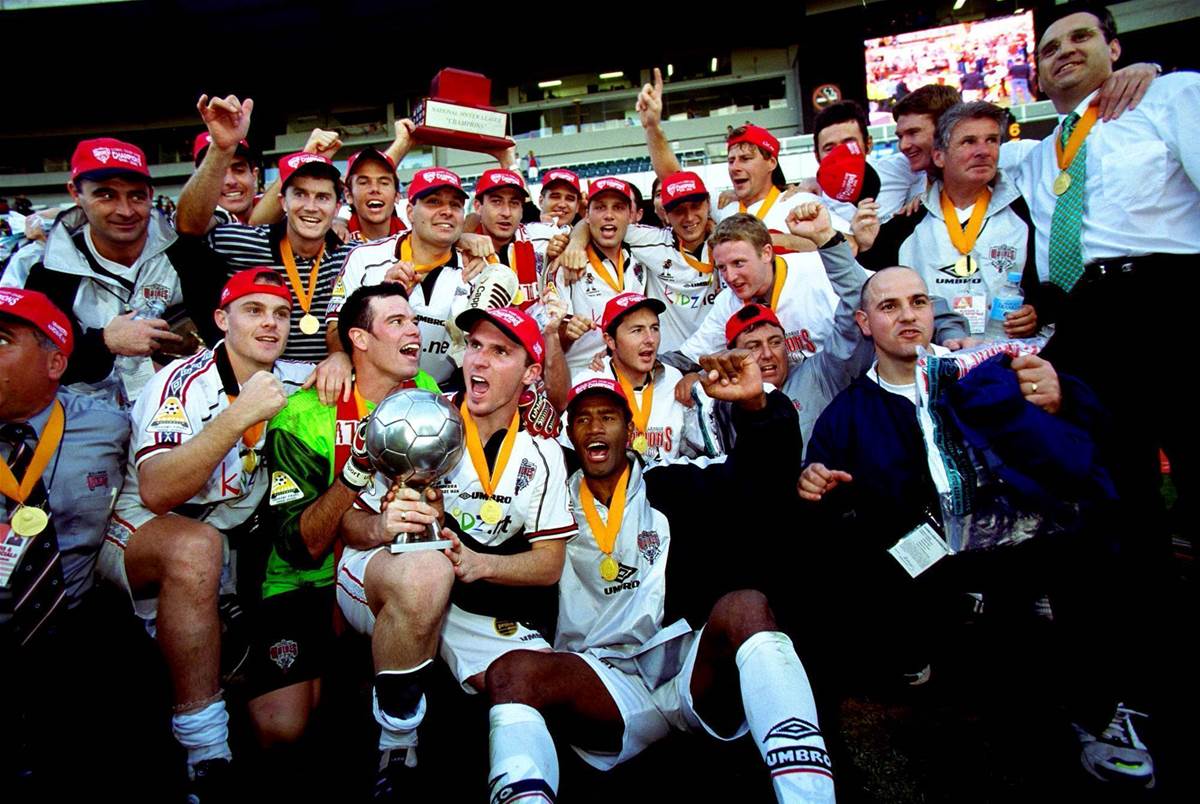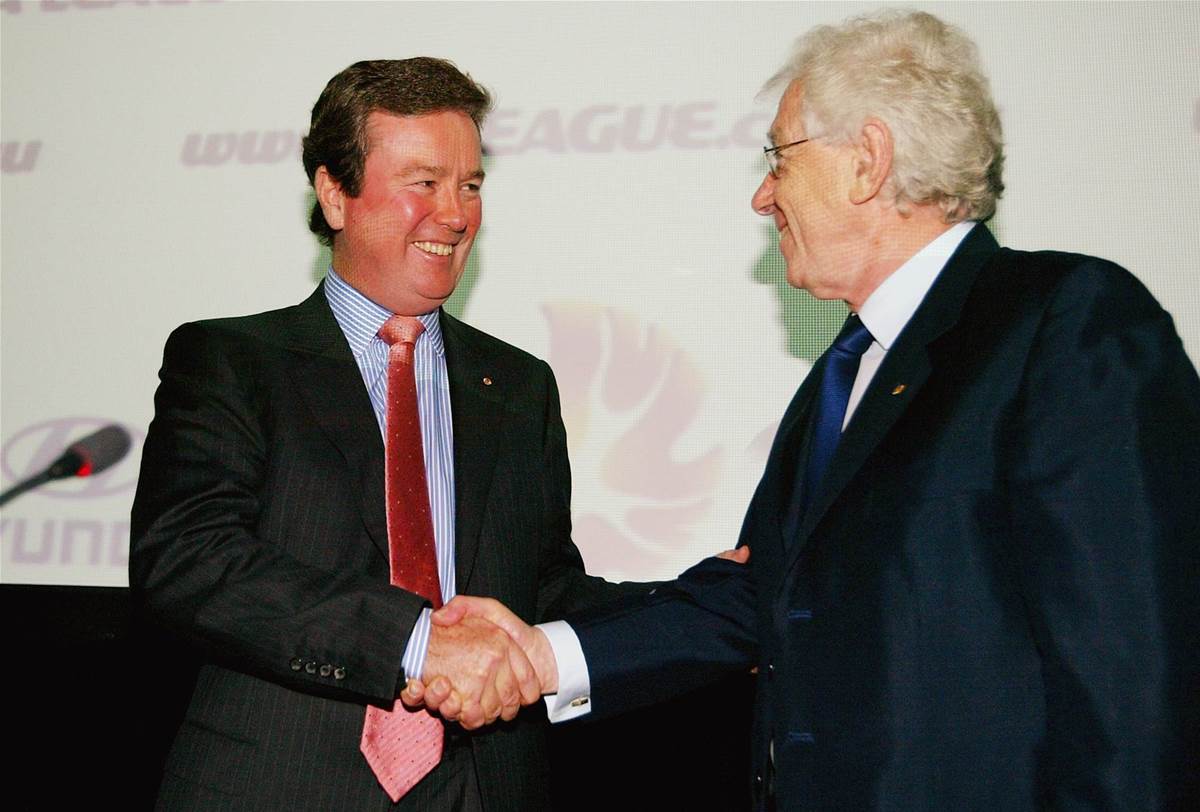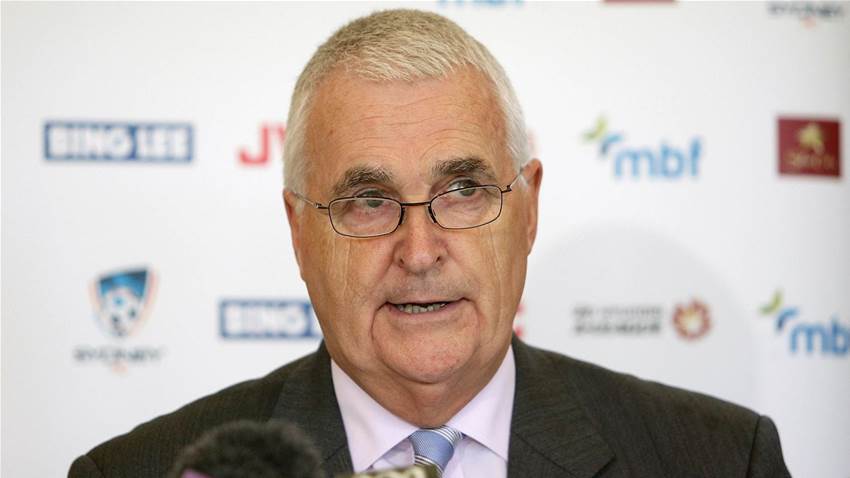Stefan Kamasz was a member of the implementation panel that made recommendations for the formation of the A-League. In his own words, he reveals how the mistakes of the past are responsible for the current malaise within Australian football’s administration.
Political landscape before the A-League
I remember former NSW Premier Neville Wran suggesting that the politics of soccer at the time would be a good grounding for the politics in the “Bear Pit” of the NSW Parliament.
I also recall Henry Kissinger, when he went to FIFA to put a case for the World Cup to be held in the USA, well before it was subsequently chosen after a further bid, saying that the politics of football made him nostalgic for the politics of the Middle East.
At the time, NSW and Victoria controlled the Soccer Australia Congress/Executive. If they agreed on anything, or both disagreed, then whatever they supported or opposed was the result.
Way back in the 80s the voting structure at Congress provided for what are now termed as Special Interest Groups . That, as you know, is not the case now. Quite often states would vote on the basis of what was best for them, with the national interest taking a back seat. The deals that were done, for instance, come the time to elect the Soccer Australia chairman, were interesting to say the least.
The NSL was under-capitalised at head office and club level. It was unable to generate mainstream media support and significant commercial revenues, and suffered from the issues associated with the make-up of many of its clubs.

It survived because of the generosity of club directors and sponsors who, although criticized for supposedly holding the game back, were responsible for ensuring that the national competition continued (along with an outstanding regionalised National Youth League), thereby creating opportunities for players, many of whom became outstanding Socceroos and members of the “Golden Generation”.
The current Congress issues
At the creation of the A-League, a number of the recommendations were not implemented by then FFA Chairman Frank Lowy. The Crawford Report and its recommendations clearly identify why we needed the A-League as well as a “new” national body. I supported government intervention at the time.
Football has a long history and didn't just commence after the Crawford Report. That should not be disregarded. A new competition that would embrace a wider audience (and which could attract significantly more commercial revenues etc) was required. Despite the recommendations of the Lowy Task Force, Lowy chose to commence with an eight-team competition with one team per city.
The board and management of FFA have created the current problem with congress. Full stop! This all goes back to the Crawford Report. If it had been implemented in terms of the A-League having the ability to administer its own affairs by now (I agree it should not have been immediate, but it should have occurred by now) the issue with the A-League clubs and Congress would not exist. In terms of the FFA Congress, the Crawford Report sets out how the Special Interest Groups (SIGS) can be addressed.
Frank Lowy refused to implement provisions for the voting rights of the Special Interest Groups despite requiring States to create such Standing Committees.

States themselves cannot adequately represent each of the Special Interest Groups in Congress. The issue of Congress was brought to the attention of the FFA Board some two years ago, and it failed to address the matter and is now required to do so.
The Chairman, Board and Management of FFA are culpable and are acting as if they are stakeholders and are pressuring States to accept their views on Congress, with among other things, the aim of minimising the A-League clubs’ voting rights.
Thank goodness, too, that Football NSW and, to some degree, Victoria have stood up to the FFA Chairman’s attempted dictatorial approach on the voting issue. The Board and Management govern and administer the game on behalf of the stakeholders. They do not dictate terms.
Further, if the FFA Board and management had addressed the A-League governance issue before now, the Congress issue as it pertains to the clubs (but not the Special Interest Groups) would not be an issue right now.
What the governance of the game should look like
The A-League should be a separate entity licensed to FFA and should be able to deal with its own administrative, commercial and financial affairs, with the FFA Congress having the equivalent of the “Golden Share” that the FA held in relation to the English Premier League when it was established.This would safeguard FFA from any decisions that severely, adversely affect it and its membership.
That is not to say that the A-League and the FFA cannot generate joint commercial agreements where it is in their respective interests to do so.

I see the membership of FFA consisting of the State Federations, the A-League and the Special Interest Groups (as envisaged by the Crawford Report and required by FIFA). I would see the Special Interest Groups as including Futsal, women’s representation, non-A-League clubs, coaches and the Players Football Association for instance.
The A-League governance will be separate from FFA, with an agreement between FFA and the A-League which ensures that the FFA Congress has the power of veto in certain instances (but not on day-to-day A-League issues) where potential decisions are not in the best interests of football or directly conflict with FFA policy.
FFA has to be the ultimate body, not the A-League. But its Chairman, Board and senior management must recognize that they are custodians and administrators - not stakeholders.
The A-League in Five to Ten Seasons
Expansion is vital. Full stop. However, new teams have to be sourced for the right reasons, in the right areas and where they are sustainable. Promotion and relegation would be terrific in football terms, but it has to be sustainable and if it does occur it cannot, in my view happen, in the short term.
The A-League should, and must, have a greater number of teams - in those locations that can sustain teams -which would mean that there would be more teams in major population centres.
For instance, Sydney would have a third team, and there could be additional teams in other major cities/ centers such as Brisbane, Wollongong, Melbourne, Geelong etc. I tend to agree with David Gallop’s comments that we need to “fish where the fish are”. The attempted expansion into Townsville and Gold Coast was never going to work.

Even if promotion and relegation is not sustainable, I would still like to see a second tier without promotion, again, providing it is sustainable. That word, sustainable, is essential in any discussion.
It is not so simple as creating a second division with automatic promotion and relegation. It needs to be thought through, but above all, sustainability has to be part of the process. In an ideal world, there would be a national system as occurs in England where there is a clear pathway for aspirational clubs. But I cannot see this occurring because of a number of factors including the tyranny of distance, the competition for commercial revenues and spectators with other sports, the available investment at club level that would be required, and so on.
The best I can see is potentially a second division between the current A-League and the State Leagues. But there needs to be appropriate strategic planning and the requirement to address the issues mentioned above before there can be any promotion and relegation.
There would also need to be a process by which clubs could be admitted to the second division. This is a major piece of work for someone or some organisation, because given their past record on competition planning I cannot see FFA undertaking this work.
As told to Con Stamocostas
Related Articles

Leckie seals new marquee deal as Good, Maclaren head to Asia

Socceroo-in-waiting seals Championship deal













